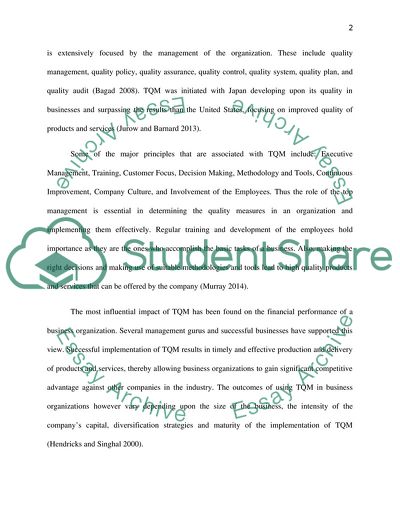Cite this document
(Contemporary Issues in Management Accounting Essay, n.d.)
Contemporary Issues in Management Accounting Essay. https://studentshare.org/finance-accounting/1807875-contemporary-issues-in-management-accounting
Contemporary Issues in Management Accounting Essay. https://studentshare.org/finance-accounting/1807875-contemporary-issues-in-management-accounting
(Contemporary Issues in Management Accounting Essay)
Contemporary Issues in Management Accounting Essay. https://studentshare.org/finance-accounting/1807875-contemporary-issues-in-management-accounting.
Contemporary Issues in Management Accounting Essay. https://studentshare.org/finance-accounting/1807875-contemporary-issues-in-management-accounting.
“Contemporary Issues in Management Accounting Essay”. https://studentshare.org/finance-accounting/1807875-contemporary-issues-in-management-accounting.


